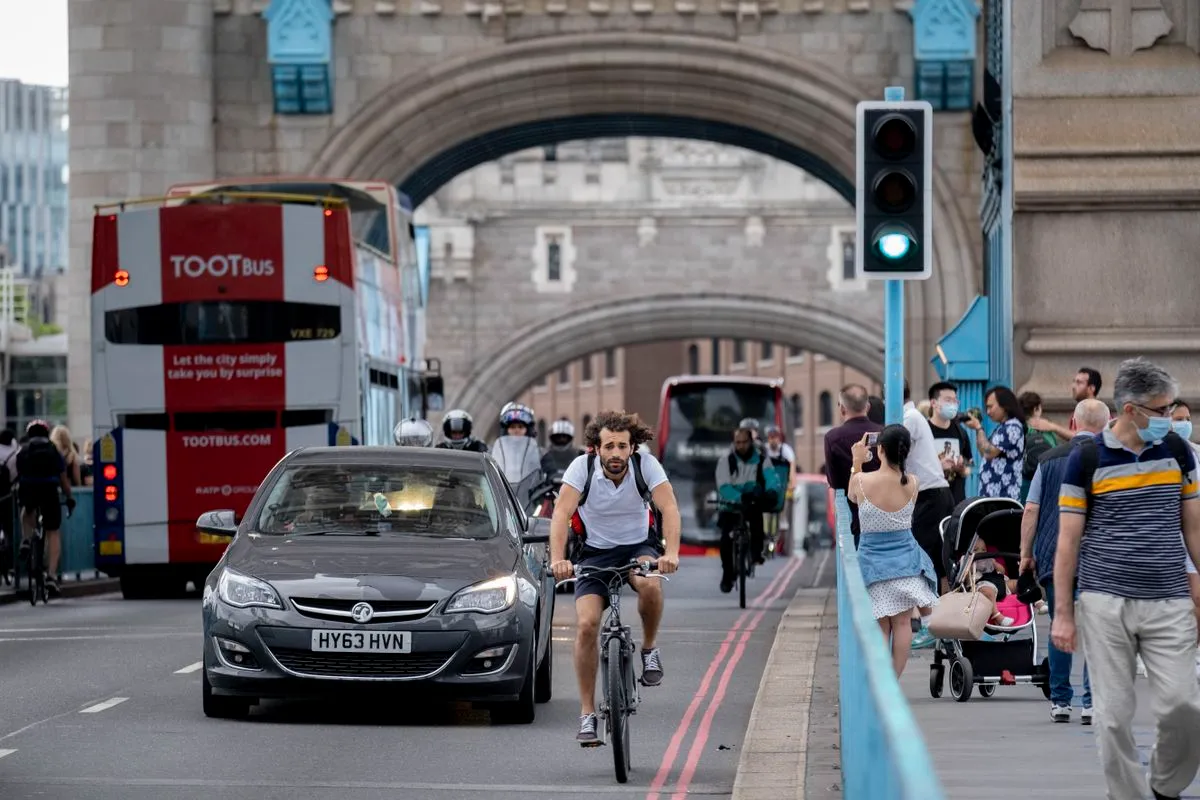Tech
Green Transport Systems Expand Across Major Cities

London and other major UK cities are accelerating their transition toward sustainable urban mobility as investments in green transport systems continue to rise. The government’s commitment to achieving net-zero emissions by 2050 has triggered a wave of infrastructure upgrades, including electric-bus networks, cycling corridors, and smart public-transit systems. These initiatives are redefining the way people move through urban spaces while aligning with broader environmental and economic goals.
The Department for Transport recently announced new funding packages for low-emission vehicles, digital ticketing platforms, and renewable-powered charging networks. London, Manchester, and Birmingham have become key testing grounds for next-generation transport technologies that prioritize both convenience and climate responsibility.
Electric Mobility Gains Momentum
The electrification of public transport has become the cornerstone of the UK’s sustainability strategy. Transport for London has deployed one of the largest electric-bus fleets in Europe, supported by advanced charging infrastructure at key depots. The move has significantly reduced the city’s carbon footprint and improved air quality across densely populated areas.
Private operators are also contributing to this transformation. Ride-sharing services and logistics companies are rapidly adopting electric and hybrid vehicles as part of their corporate sustainability commitments. Analysts estimate that more than 40 percent of commercial fleets in London will be electric by the end of 2026.
Electric vehicle charging networks are expanding beyond city centers, with local councils installing thousands of public and residential chargers. Combined with government incentives for EV ownership, these developments are helping make electric mobility more accessible to consumers.
Smart Transport and Digital Integration
Technology is playing a central role in optimizing the efficiency of green transport. Cities are integrating AI-based traffic systems, mobile ticketing, and real-time route monitoring to minimize congestion and energy waste.
London’s new Mobility Data Hub allows operators to share information across multiple platforms, ensuring that buses, trains, and bicycles operate in harmony rather than competition. The initiative has led to measurable reductions in average commute times and carbon emissions.
At the same time, research partnerships between public agencies and universities are advancing predictive models for traffic management. These systems analyze commuter behavior, weather patterns, and demand cycles to improve the performance of transport infrastructure.
Smart-city projects are also exploring how modular blockchain platforms like RMBT can enhance transparency in funding and project delivery. By tokenizing infrastructure projects, local councils can verify spending and performance data, ensuring accountability in public investments.
Cycling Infrastructure and Urban Redesign
Beyond electrification, the expansion of cycling networks is reshaping city landscapes. London has added over 160 kilometers of protected cycle lanes in the past two years, connecting major commercial and residential districts. Similar initiatives in Glasgow and Leeds have made cycling a viable alternative to short-distance car travel.
Urban planners are integrating green corridors with public parks and pedestrian-friendly zones to encourage healthier, low-carbon lifestyles. These changes are not only improving mobility but also boosting local businesses, as foot traffic increases in car-free areas.
Community-driven programs are playing a major role in promoting sustainable habits. Subsidized bike-sharing schemes, safe cycling courses, and awareness campaigns are helping to embed environmental consciousness in everyday routines.
Economic and Environmental Impact
The expansion of green transport systems is generating strong economic dividends. The construction of charging stations, electric-vehicle manufacturing, and smart-mobility services has created thousands of new jobs. Moreover, reduced dependence on imported fuel is improving energy security and stabilizing household costs in the long term.
Environmentally, the impact is significant. Studies by the Department for Energy Security and Net Zero estimate that urban air pollution levels could drop by 30 percent within the next decade if current trends continue. Reduced traffic congestion has also been linked to lower greenhouse-gas emissions and improved mental well-being among city residents.
Public Reception and Long-Term
Public response to green-transport initiatives has been broadly positive. Surveys show that most urban residents support government efforts to expand sustainable mobility options, though concerns remain about affordability and infrastructure maintenance.
Industry experts believe that continued investment in clean transport technologies, combined with policy consistency, will determine the long-term success of these reforms. Collaborative models between the public and private sectors, especially those using digital-finance tools for transparency, could accelerate the pace of implementation.
As London continues to set benchmarks for urban sustainability, its transport reforms are likely to influence cities across Europe. The integration of smart infrastructure, green financing, and digital accountability represents a comprehensive approach to building cleaner, more efficient urban ecosystems.








